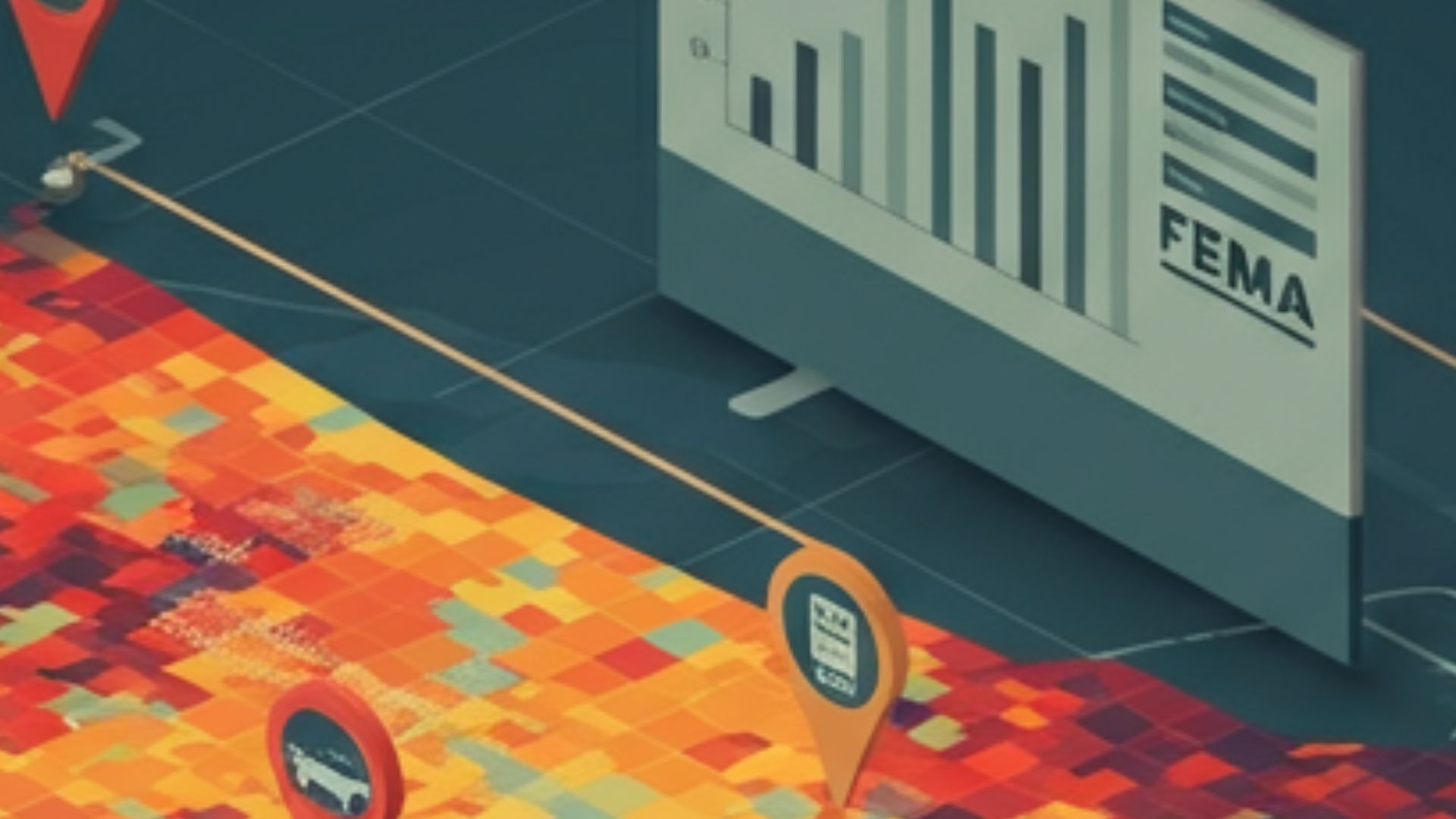The Alarming Statistic That Demands Attention
It’s a startling revelation that raises pressing concerns for New Mexicans. According to a recent LendingTree report, New Mexico has earned the dubious distinction of being the state with the highest percentage of uninsured homes in the nation. A staggering 23.3% of homes in the state lack any insurance coverage, equating to roughly 133,340 uninsured homes out of the state’s 572,000. To put this into perspective, the national average hovers at 13.6%, making New Mexico’s unenviable position a stark outlier.
For homeowners across the state, this coverage gap presents more than just numbers on a chart; it is a significant financial vulnerability, especially in a region prone to natural disasters like wildfires and flooding. Without adequate protection, a single catastrophe could spell financial devastation for tens of thousands of families.
Why Are New Mexico Homes Going Uninsured?
Several factors contribute to the state’s troubling rate of uninsured homes. At the forefront is the issue of affordability. With insurance premiums climbing in recent years, many families find themselves unable to shoulder the cost. The problem is compounded for those living in areas deemed high-risk by FEMA, where surcharges for wildfire or flood coverage often raise premiums to unmanageable levels.
A lack of awareness also plays a substantial role. Many homeowners fail to recognize just how critical insurance is until disaster strikes. Others mistakenly assume that they are safe because their property is in a “low-risk” area, a misconception that becomes painfully obvious during an unforeseen event.
Then there’s the growing issue of accessibility. While insurance options may abound in urban hubs, rural homeowners often face limited choices and higher costs, leaving them to weigh the gamble of staying uninsured. Rising living costs in general only exacerbate the issue. When forced to choose between monthly expenses and insurance, coverage is often left on the chopping block.
Living on the Edge in a Disaster-Prone State
New Mexico’s stunning landscapes come with an equally dramatic set of natural risks. Wildfires, in particular, pose a serious threat, driven by increasingly dry conditions and hotter summers. The state has seen an uptick in destructive fire seasons, which can obliterate uninsured homes in minutes. Flooding, another concern, often follows fires in burn-scarred areas, further amplifying the risk.
According to FEMA data, uninsured homes are disproportionately clustered in high-risk zones. These are precisely the areas that stand to suffer the greatest losses when a natural disaster hits. For homeowners in these at-risk regions, having no insurance isn’t just risky; it’s potentially ruinous.
Rob Bhatt, a home insurance expert with LendingTree, emphasized the stakes in no uncertain terms. “The family home is often the single largest investment Americans make, and insurance is the safety net that protects it,” Bhatt said. “Without coverage, one storm or wildfire could not only destroy someone’s home but also their financial future.”
Why This Should Matter to Everyone
This isn’t just a problem for individual homeowners; it’s a wider community issue. When uninsured homes are destroyed, families often lack the resources to rebuild, which can result in long-lasting economic strain on local communities. Additionally, recovery efforts in underinsured areas are often slower and less effective, leaving entire regions vulnerable for years after a major disaster.
From a policy standpoint, New Mexico’s high uninsured rate highlights critical barriers to insurance accessibility. It suggests that more education and advocacy may be needed to help homeowners understand the risks and importance of coverage. Furthermore, stakeholders, including the government, may need to consider reforms to make insurance more affordable for those in disaster-prone regions.
Addressing the Coverage Gap
While it’s clear the coverage gap in New Mexico is a complex problem, there are practical ways to chip away at it. First, homeowners can begin by educating themselves on affordable insurance options. Even high-deductible plans can offer significant protection without breaking the bank.
Second, prioritizing what coverage is essential is key. For instance, wildfire or flood insurance may seem like an expense some can forgo, but those who opt in can safeguard themselves against the type of losses that would otherwise lead to irreversible setbacks. Consumers should also explore government-backed programs like the National Flood Insurance Program, which provides accessible options for flood-prone regions.
Finally, talking with multiple insurance agents can help homeowners uncover deals or explore lesser-known policies that may better suit their budgets. Sometimes, a bit of shopping around can make a world of difference.
A Preview of the Future
The rate of uninsured homes in New Mexico is a sobering reminder of the challenges many families face in protecting what is often their most vital asset. But it’s also an opportunity to spark conversations about how we, as a state and nation, can address barriers to insurance and create pathways to better protect homeowners.
If there’s one takeaway, it’s this: Insurance isn’t optional when it comes to safeguarding your future. Whether you’re staring at a renewal letter or considering your first policy, remember that coverage today can mean peace of mind tomorrow.

